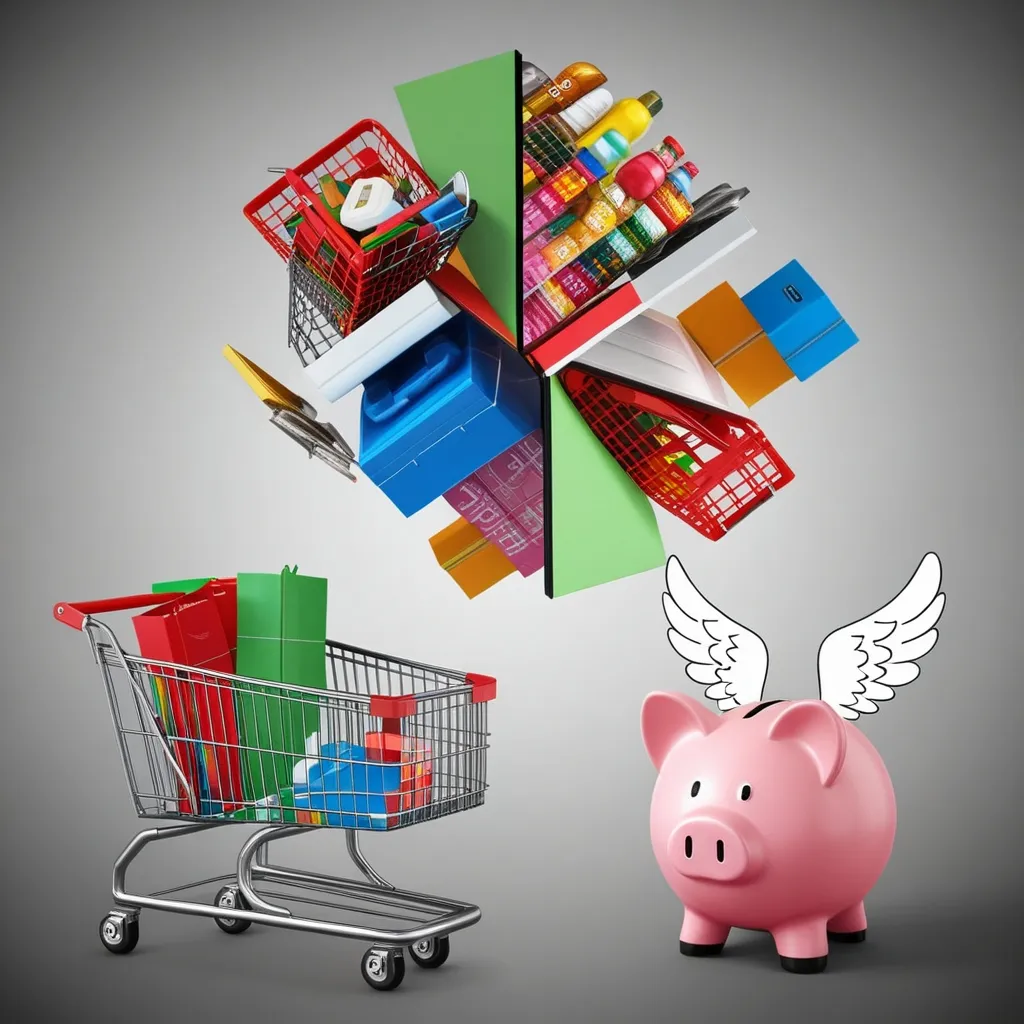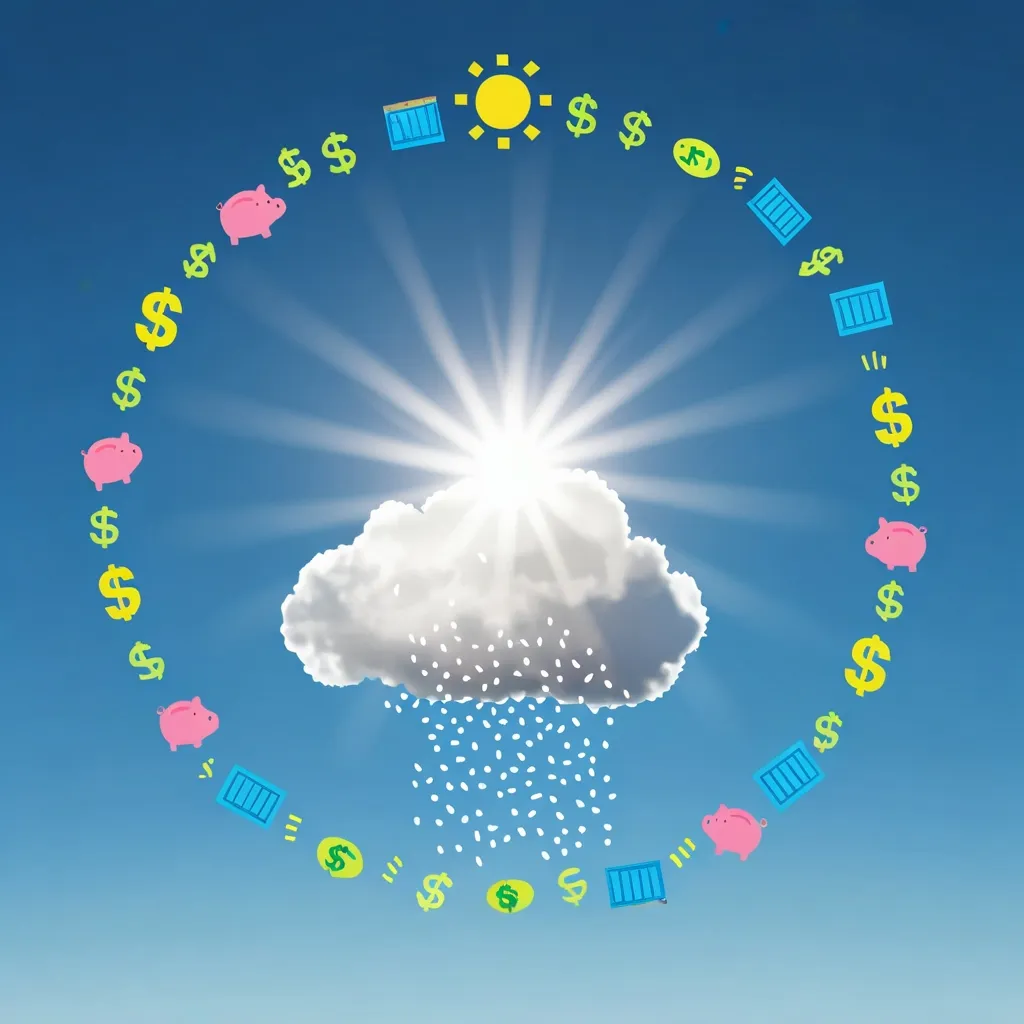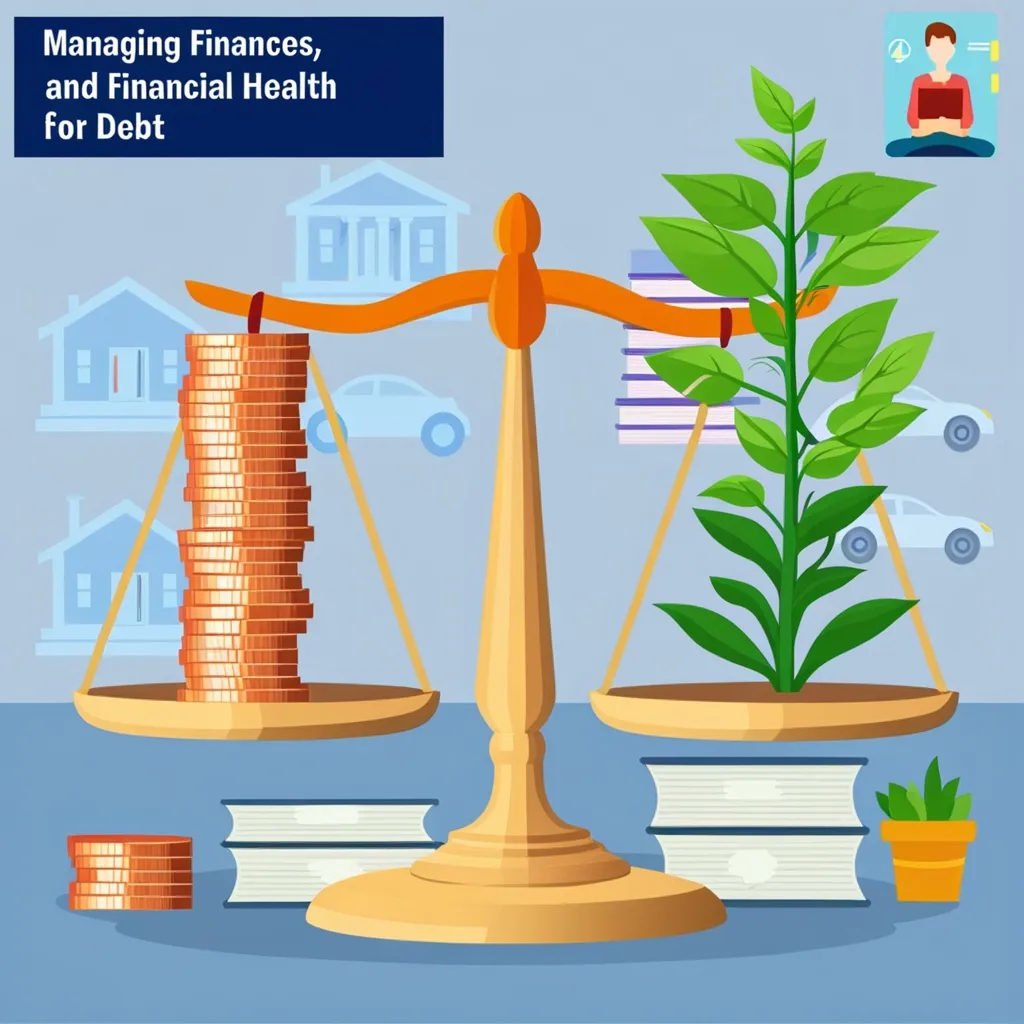Buy Now, Pay Later: The New Frontier of Consumer Finance
In the world of shopping and spending, a new trend has taken hold, transforming how we think about purchases. It’s called Buy Now, Pay Later (BNPL), and it’s changing the game for consumers and businesses alike. But what’s the real deal with this payment option? Let’s dive in and explore the ins and outs of BNPL.
Remember the days when you’d save up for weeks or months to buy that shiny new gadget or stylish outfit? Well, those days might be behind us. BNPL has swooped in, offering a tempting alternative: get what you want now and worry about paying later. It’s like having a mini-loan at your fingertips, without the hassle of credit checks or complicated paperwork.
The rise of BNPL has been nothing short of meteoric. By 2023, a whopping 14% of Americans had jumped on the BNPL bandwagon, up from 12% just a year earlier. That’s a lot of people opting to spread out their payments! And it’s not hard to see why. With the boom in online shopping, especially during the pandemic, BNPL became the cool new kid on the block, offering a fresh way to manage expenses.
But here’s the kicker: people aren’t just using BNPL; they’re loving it. More than half of BNPL users prefer it over traditional credit cards. Why? Well, it feels more straightforward, more transparent. There’s something about knowing exactly how much you’ll pay and when that’s incredibly appealing. It’s like having a friendly financial buddy rather than a stern banker wagging their finger at you.
Now, let’s talk about who’s using BNPL. It’s not just the tech-savvy youngsters (though they’re definitely on board). Women, Black, and Latino consumers are more likely to use BNPL compared to other groups. And here’s an interesting tidbit: folks with lower credit scores are big fans too. About 23% of people with credit scores below 600 have given BNPL a whirl. It’s become a go-to option for those who might struggle with traditional credit.
But why are people turning to BNPL? Well, for many, it’s a lifeline. Imagine wanting to buy something but knowing your bank account would cry if you paid all at once. That’s where BNPL steps in. A staggering 55% of users say they use it to buy things they otherwise couldn’t afford. And 87% use it to spread out payments for big-ticket items. It’s like having a financial superhero swoop in to save the day.
Let’s talk spending patterns because BNPL is shaking things up. When people use BNPL, they tend to spend more overall. It’s not just about buying the same stuff differently; it’s about buying more stuff, period. There’s a fancy term for this: the “liquidity flypaper effect.” Basically, when BNPL gives you more spending power, that extra cash tends to stick to purchases rather than savings. It’s like walking into a store with Velcro pockets – money just wants to stay out and play.
So, what are people buying with BNPL? A bit of everything, really. Electronics are the big winner, with half of BNPL users reaching for it when buying gadgets. But it doesn’t stop there. Clothes, furniture, household essentials, and even groceries are all fair game. It’s become a Swiss Army knife of payment options, ready for any shopping situation.
Now, let’s address the elephant in the room: debt. While BNPL can be a fantastic tool, it’s not without risks. It’s easy to get carried away, thinking, “Oh, I’ll just pay it off later.” But that ‘later’ can sneak up on you faster than you think. About 18% of BNPL users have made a late payment at some point. It’s a reminder that while BNPL might feel different from traditional credit, it still requires careful management.
For merchants, BNPL is like striking gold. It opens doors to customers who might have walked away empty-handed otherwise. By offering BNPL, stores can see their sales volumes and values climb. Plus, many BNPL platforms throw in perks like marketing help and data analytics. It’s a win-win situation, with BNPL companies taking on the credit and fraud risks that used to keep merchants up at night.
Globally, BNPL is making waves, especially in countries where online shopping is big and financial regulations are a bit more relaxed. It’s particularly popular among young adults, who often find themselves juggling debt and lower credit scores. In many ways, BNPL has become a tool for managing the rising cost of living, offering a bit of breathing room in tight financial times.
But let’s get personal for a moment. If you’re thinking about dipping your toes into the BNPL waters, here are some friendly tips to keep in mind:
First, always read the fine print. I know, I know, it’s boring, but it’s crucial. Understand exactly what you’re signing up for, especially when it comes to repayment terms and late fees.
Next, budget like a boss. Before you click that BNPL button, make sure those future payments fit comfortably into your financial plan. It’s not about living large now and struggling later.
Also, keep an eye on the big picture. It’s easy to rack up multiple BNPL purchases across different platforms. Before you know it, you could be juggling more payments than a circus act. Stay aware of your total commitments.
Lastly, don’t forget about your credit score. While many BNPL services don’t affect your credit initially, falling behind on payments certainly can. Treat BNPL with the same respect you’d give any other financial obligation.
In the end, BNPL isn’t all good or all bad – it’s a tool, and like any tool, its value depends on how you use it. For some, it’s a financial lifesaver, making necessary purchases possible or helping manage cash flow. For others, it might be a slippery slope to overspending.
As we navigate this brave new world of consumer finance, the key is to stay informed and make choices that align with our long-term financial health. BNPL can be a fantastic option when used wisely, offering flexibility and convenience. But it’s not a magic wand that makes financial responsibility disappear.
So, next time you’re eyeing that must-have item and see the BNPL option, take a moment. Think about how it fits into your overall financial picture. Use it as a tool to help you reach your goals, not as a way to stretch beyond your means.
In this ever-evolving financial landscape, staying savvy and informed is your best bet. BNPL is just one piece of the puzzle. By understanding its pros and cons, you can make it work for you, not against you. Remember, at the end of the day, the best financial decisions are the ones that help you sleep soundly at night, knowing you’re on track for a stable and prosperous future.






